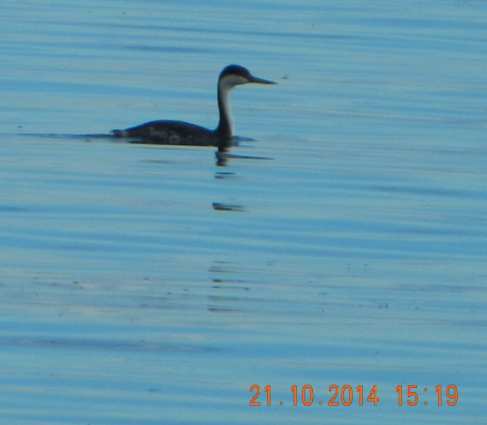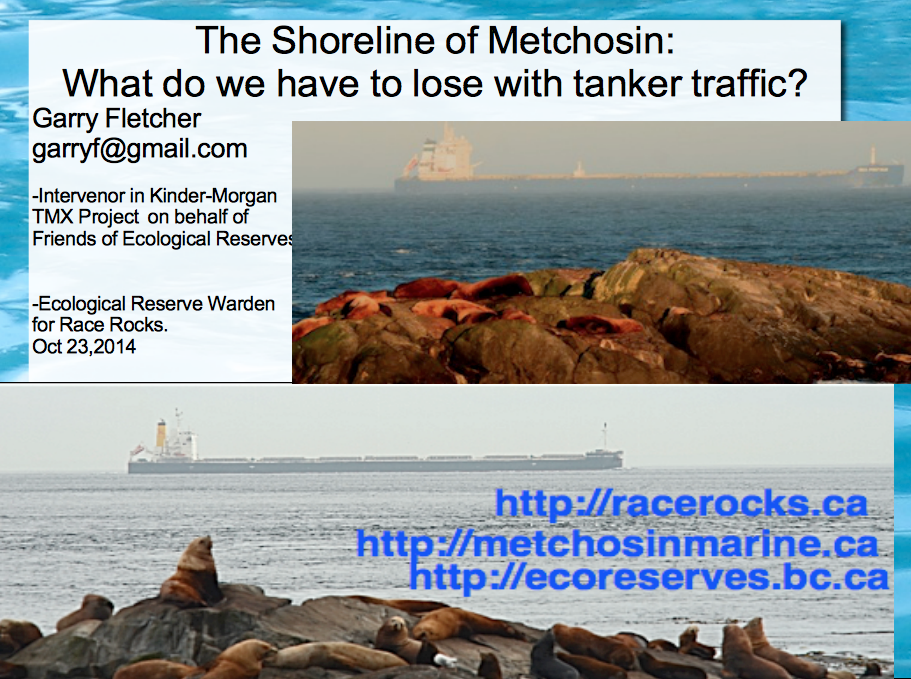 The Western Grebe (Aechmophorus occidentalis) overwinter here on Southern Vancouver Island in the protected coastal bays. In the past two weeks they have returned to the waters of Taylor beach.
The Western Grebe (Aechmophorus occidentalis) overwinter here on Southern Vancouver Island in the protected coastal bays. In the past two weeks they have returned to the waters of Taylor beach.
They are one species which is having a difficult time due to habitat loss for nesting, and are also vulnerable in the event of Oil Spills here in the Strait of Georgia and Strait of Juan de Fuca.
From the Race Rocks website it was noted that three pairs were seen in Pedder Bay throughout January and February of 2006. Although our observations here have them diving and feeding throughout daylight hours, past research has shown that they also feed at night: following trails of bioluminescence as the fish swim through the water. (see reference below) It may surprize some to know that this is one of the few prairie-wetland nesting birds which do not migrate South during the winter, but instead migrate West over the Rocky Mountains to the Coastal Bays of Vancouver Island.

A western grebe hangs out with a flock of Surf Scoters
The Western Grebe is classified by the Alberta Government as a Species at Risk. This Field Summary gives further information on it.
| Domain | Eukarya |
| Kingdom | Animalia |
| Phylum | Chordata |
| Sub-Phylum | Vertebrata |
| Class | Aves |
| Order | Podicipediformes |
| Family | Podicipedidae |
| Genus | Aechmophorus |
| Species | occidentalis |
| Common Name: | Western Grebe |
- See other entries on the Species gallery for the Metchosin Shoreline.

- See the Species Gallery for Race Rocks Ecological Reserve .






















